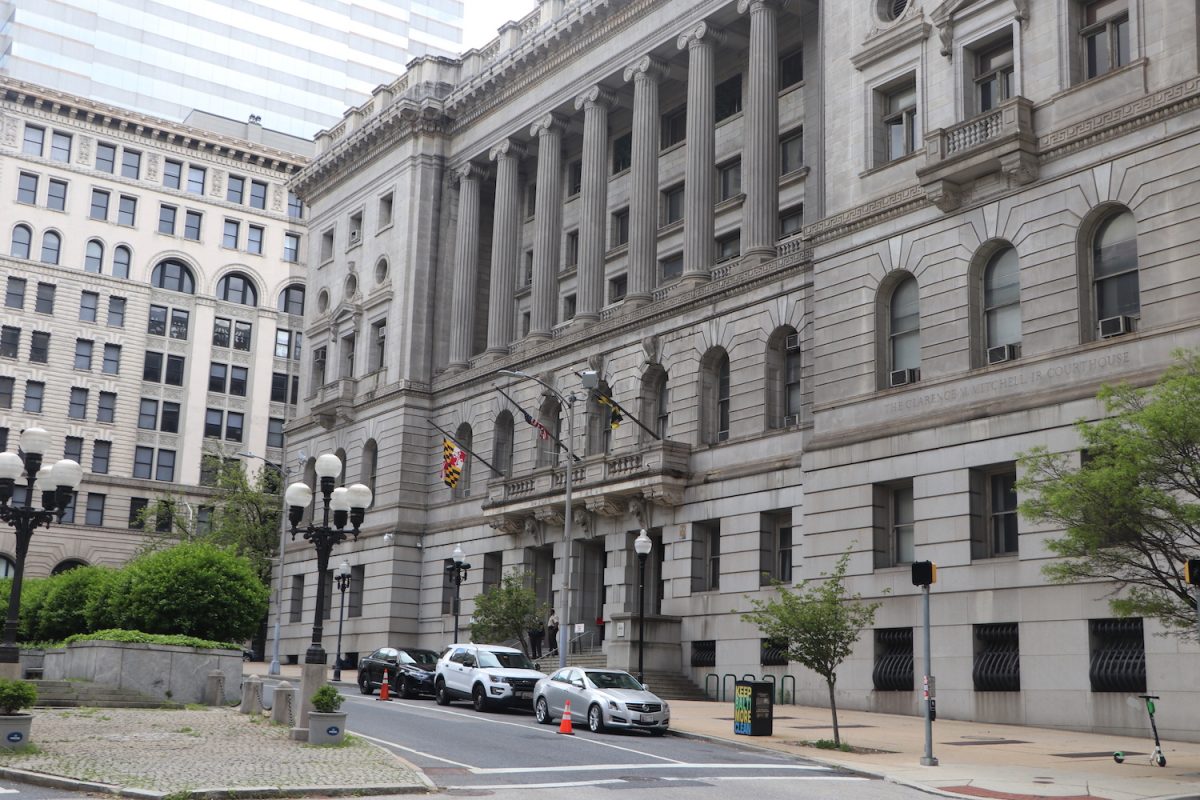
Thank you for reading Baltimore Witness.
Consider making a donation to help us continue our mission.
By
Connor Driscoll [former]
- July 27, 2021
Court
|
Featured
|
Non-Fatal Shooting
|
Suspects
|
Editor’s note: The defendant was acquitted of charges in this case.
After deliberating for 11 hours over the course of two days, a 12-person jury found Anthony Ward not guilty on all counts, including attempted murder charges, on July 26 at the Baltimore City Circuit Court.
Ward, 23, was charged with attempted first and second-degree murder, first-degree assault, firearm use in a violent crime, reckless endangerment, carrying a handgun, and discharging a firearm.
He has been in jail for nearly three years since early November 2019.
The only significant evidence presented against Ward was the testimony of the victim, leaving counsel to focus on the witness’s credibility. According to instructions that were given to the jury before deliberations began on July 23, a jury is allowed to convict a defendant based on the testimony of just one witness, so long as they believe the witness beyond a reasonable doubt.
Ward’s defense attorney, Todd Oppenheim, said the prosecution had no evidence beyond her testimony; however, the prosecution presented one piece of circumstantial evidence linking Ward to the shooting: Ward was arrested at what is likely to be the same store that the victim claimed she saw him leaving minutes before the shooting.
The victim, who was the prosecution’s key witness, is an actor who appeared in the HBO movie, Charm City Kings.
In January, the 26-year-old witness was arrested by police and charged with first- and second degree murder for stabbing her partner to death, according to the Baltimore Sun. During pretrial motions on July 20, the prosecution was able to limit mention of these pending charges during trial to just “a serious charge” in an effort to avoid prejudicing the jury against her.
Apparently, news outlets provided incorrect information of the location of the incident as well as information about the victim. The shooting took place on Oct. 31, 2019, not Oct. 30, 2018. The victim was a 25-year-old woman, not a 20-year-old man; and the victim was found near the St. Agnes Hospital on the 3300 block of Wilkens Avenue, not the 3600 block of Old Frederick Road.
On the first day of trial, the victim testified that while she was sitting at a red light, a man pulled up next to her and opened fire from his van. One shot hit her in the leg.
A few days after the shooting, the victim used photographs from Instagram to identify Ward as the shooter to police.
The victim said she had recognized Ward, having previously ridden dirt bikes with him on Oct. 12, weeks before she was shot. Because Ward was shot that night, she said, she believes that Ward held her responsible for his gunshot wound and the Oct. 31 shooting was retaliation.
Yet, when asked to formally identify him in a photo array on Nov. 4, 2019, the victim initially selected a different man. A homicide detective then reminded her of the photographs she previously sent them. Footage of the interview showed that the victim promptly identified Ward after being reminded of the photographs.
She said her initial misidentification was due to anxiety, unwillingness to go to court, and the possibility of being harmed.
Oppenheim argued that there was another problem with the identification process.
According to police regulations, the detective who presented the photo array should not have any knowledge of the case or its suspects. However, following the victim’s initial misidentification, detectives investigating the Oct. 12 shooting entered the room and spoke to the victim.
The prosecution countered that a reversal of identification between an informal and formal identification would “naturally” trigger a “follow-up” by detectives familiar with the cases.
The lead detective agreed and said that in those rare occasions, such a follow-up is appropriate.
During closing arguments on July 23, Oppenheim called the photo array identification process “crazy” and argued that the victim was “shifty.” He concluded that a conviction in this case would be “the definition of unjust.”
The prosecution sought to downplay the significance of the initial misidentification by saying it was a “momentary human moment,” which should not prevent the delivery of real “human justice.”
Judge Althea M. Handy presided over the trial.
